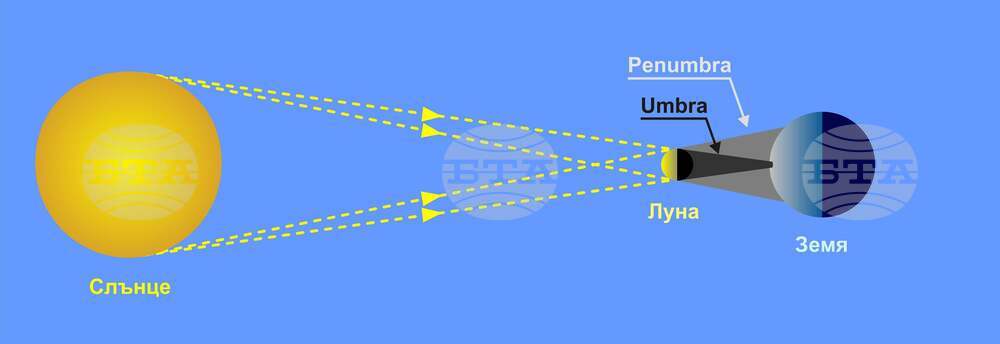site.btaBulgarian Scientists, Astronomy Lovers Travel to Mexico and US to Observe Total Solar Eclipse


Total solar eclipses are the only opportunity to study the solar corona through photographic observations from Earth, Pencho Markishki, a physicist at the Institute of Astronomy with the Bulgarian Academy of Sciences and the Department of Astronomy at Sofia University told BTA. That's why it's common for teams from around the world to flock to the places where the moon's shadow will pass, that is, where a full phase will be observed, and with maximum duration, he explained. On April 8, there will be a long-anticipated total solar eclipse visible from North America. It will not be observed from Bulgaria. It's also the most interesting astronomical phenomenon of the year due to its long full phase, Markishki said.
A team from the Institute of Astronomy at the Bulgarian Academy of Sciences has already departed for Mexico, as well as several groups of Bulgarian astronomy lovers who headed to Mexico and Texas, US. These are the destinations where the full phase will last the longest. Observers carried with them a number of apparatus and equipment, carefully prepared months before the phenomenon itself, Markishki said. He is the author of the "Guide of the Amateur Astronomer" – an edition of the Department of Astronomy at the Faculty of Physics at Sofia University, which gives information about astronomical phenomena during the year and advice on their observation for amateur astronomers. The April 8 eclipse will be observed partially from the eastern Pacific, central and northern America, the north Atlantic and the island of Greenland.
The moon's shadow will pass along a strip whose width will reach 197 km and along which a total solar eclipse can be observed. The moon's shadow will "touch" Earth in the Pacific Ocean, pass through Mexico, as well as through some of the central and northeastern states of the United States, such as Texas, Arkansas, Missouri, Illinois, Indiana, Ohio, New York, Vermont and Maine. It will then briefly cross eastern Canada, specifically the province of New Brunswick. Then it will continue across the North Atlantic, where its path will end, Markishki said.
During the eclipse, the Sun and Moon will be in the constellation Pisces. The maximum phase will occur one day after the lunar perigee, that is, the day after the moment when the Moon is as close as possible to the Earth, orbiting it in its elliptical orbit. Therefore, the Moon will have a larger visible diameter, which will increase the duration of the full phase to 4 minutes and 28 seconds for an observer from the region of the city Gomez Palacio, Durango State, Mexico.
Partial phases will begin in the Pacific Ocean at 18:42:12 hrs Bulgarian time. The total eclipse will begin at 19:38:49 hrs, also in the Pacific. The maximum phase of the total eclipse will occur at 21:17:18 hrs in Mexico. The end of the total eclipse will be at 22:55:34 hrs — in the Atlantic, and the partial phases — at 23:52:19 hrs, also in the Atlantic, the physicist said.
He added that for amateur astronomers, the evenings in April this year offer the opportunity to observe comet 12P/Pons-Brooks. It is observed about 8 degrees to the right and lower than the bright planet Jupiter, which is visible in the west-southwest direction, immediately after dusk. It is now very convenient to detect the comet with binoculars low above the western horizon in the evening, using Jupiter as a guide, Markishki said. Currently, the comet's brightness is nearly half a magnitude higher than estimated, making it easier to observe.
/PP/
news.modal.header
news.modal.text